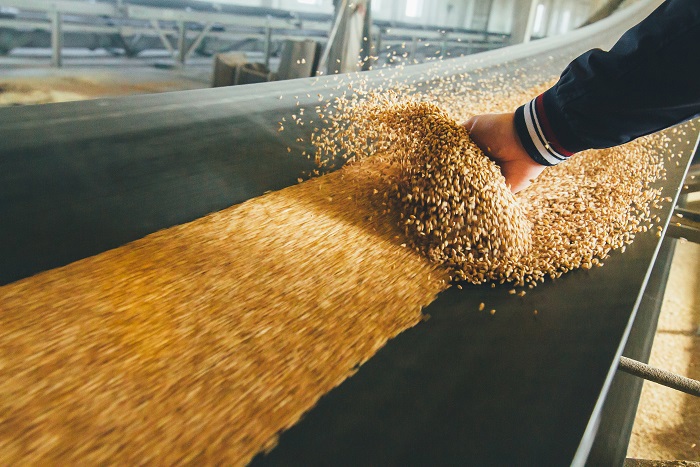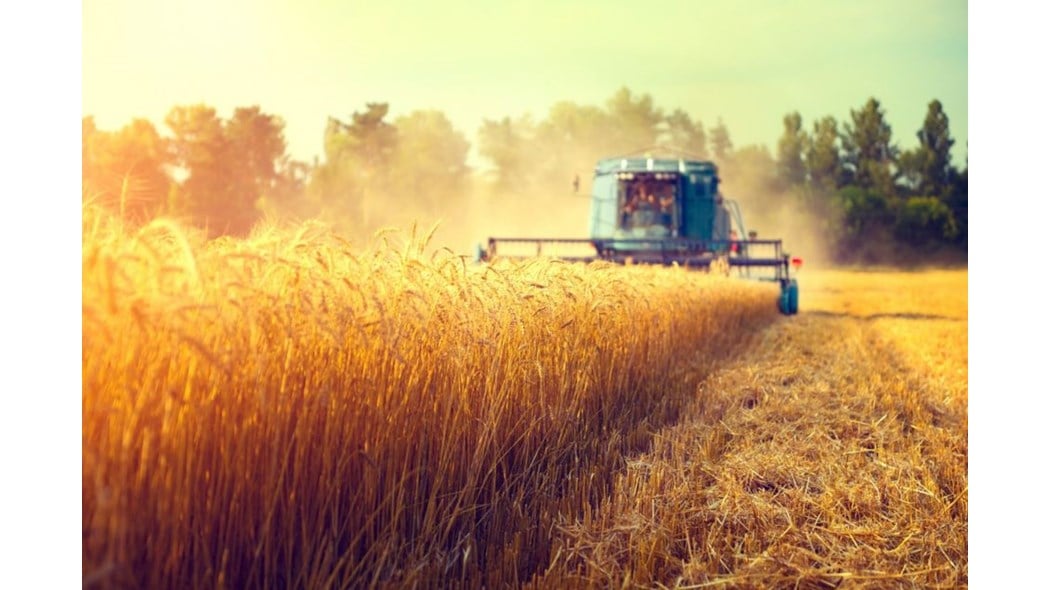
Supply chain
Significant amounts of losses occur across the grain supply chain. We paint the picture of how important it is to manage grain quality and exercising best practices for grain storage .
Across the supply chain, a wide range of risk factors can compromise the quality and safety of grains produced for animal feed. Risk factors include both human behaviour, when handling and processing grains, and contaminants, such as bacteria, yeast and moulds, present at each link in the supply chain. It is important to mitigate potential risks to safeguard grains used in animal feed. Early detection and intervention steps are essential to support the safety and quality of grain.

According to estimates from the Food and Agriculture Organisation of the United Nations (FAO), globally, it is estimated that around 30% of grains are lost or wasted across the entire food supply chain, including the grain supply chain.
Post-harvest losses occur at different stages, including harvesting, threshing, drying, storage, transportation, and processing. These losses can be attributed to factors such as mould growth, insect infestations, physical damage, moisture loss, temperature fluctuations, inadequate storage facilities, and poor handling and transportation practices.
It is important to note that reducing post-harvest losses in the grain supply chain can contribute to improving feed- and food security, reducing waste. Grain preservation methods promote sustainable agriculture by ensuring more grains reach the feed mill and minimises unnecessary loss along the supply chain. Discover the importance of grain preservation in our webinar: Preserve & Protect
Grains like corn, wheat, barley, sorghum, sunflower, etc. are onder constant threat of various contamination factors. Sometimes problems can be identified swiftly when it comes to insect or rodent infestations, though more often than not, invisible to the naked eye, through microbial and mycotoxin contamination. We identified two stages where these risks can occur.
Particularly when grains need to be stored and transported over longer periods of time (beyond one month), grain treatment becomes of high importance to maintain nutritional value and protect the investments of traders and feed processors. Grain condition monitoring is required through regular sensory (vision and smell) as well as laboratory analysis. As grains are left alone for long periods, pests such as mice and rats can infest the grain storage facilities and consume and contaminate grains.
Raw materials, such as high protein oilseed meals and processed animal proteins, are more susceptible to Salmonella contamination than conventional grains, given the nature of their protein levels and fat content.
Even with the use of thermal processing, recontamination remains a significant concern. Analysing these materials for enterobacteria and Salmonella levels is crucial for identifying risks and implementing corrective actions, when necessary. Taking proactive measures will ensure raw material quality for safer feed production.
Long, oversea, shipping means grains have to endure fluctuang temperatures and humidity. While seemingly in mint condition at the harbour of departure, the story can be completely different upon arrival.
Here's how Selko can help prevent further deterioration of grains.